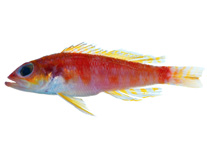Abstract
The bufonid genus Adenomus, an endemic of the montane and lowland rainforests of central and south-western Sri Lanka, has been considered to comprise of three species, viz. A. kelaartii, A. dasi and A. kandianus, the last of which has been recently highlighted as “the world’s rarest toad”. We conducted a survey across the known range of Adenomus and used multiple criteria to delineate species boundaries within the genus. These include: a molecular phylogeny based on a 16S ribosomal RNA gene fragment; an examination of the external morphology of adults and larvae, and the skeletal morphology of adults; a bioacoustic analysis; and ecological niche modelling. We show that Adenomus is monophyletic and that it comprises only two species: A. kelaartii and A. kandianus, with A. dasi being a junior synonym of the latter. For the two valid species of Adenomus, we provide detailed osteological descriptions; clarify the distribution patterns; and provide genetic data to facilitate their scientific conservation management.

